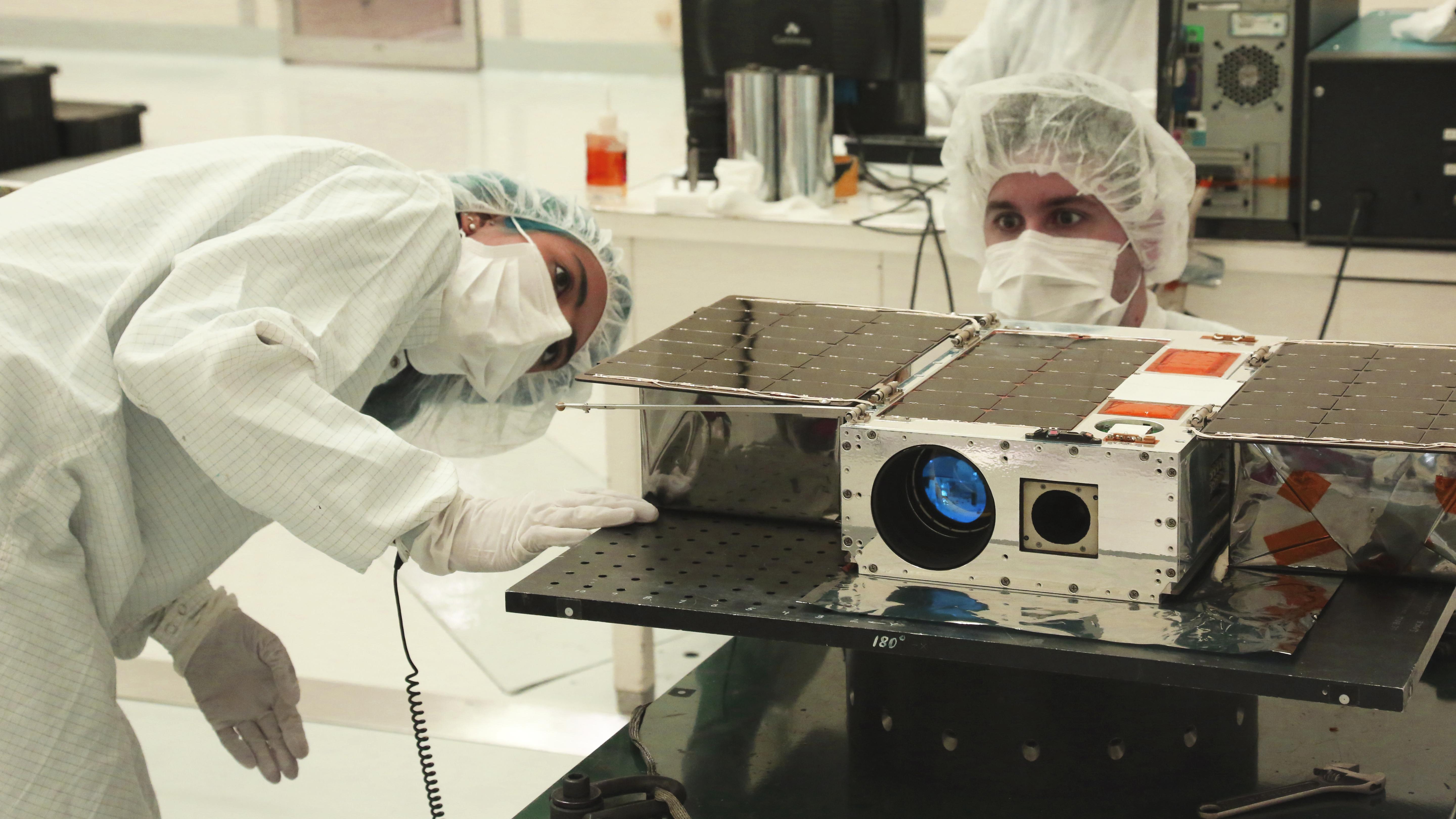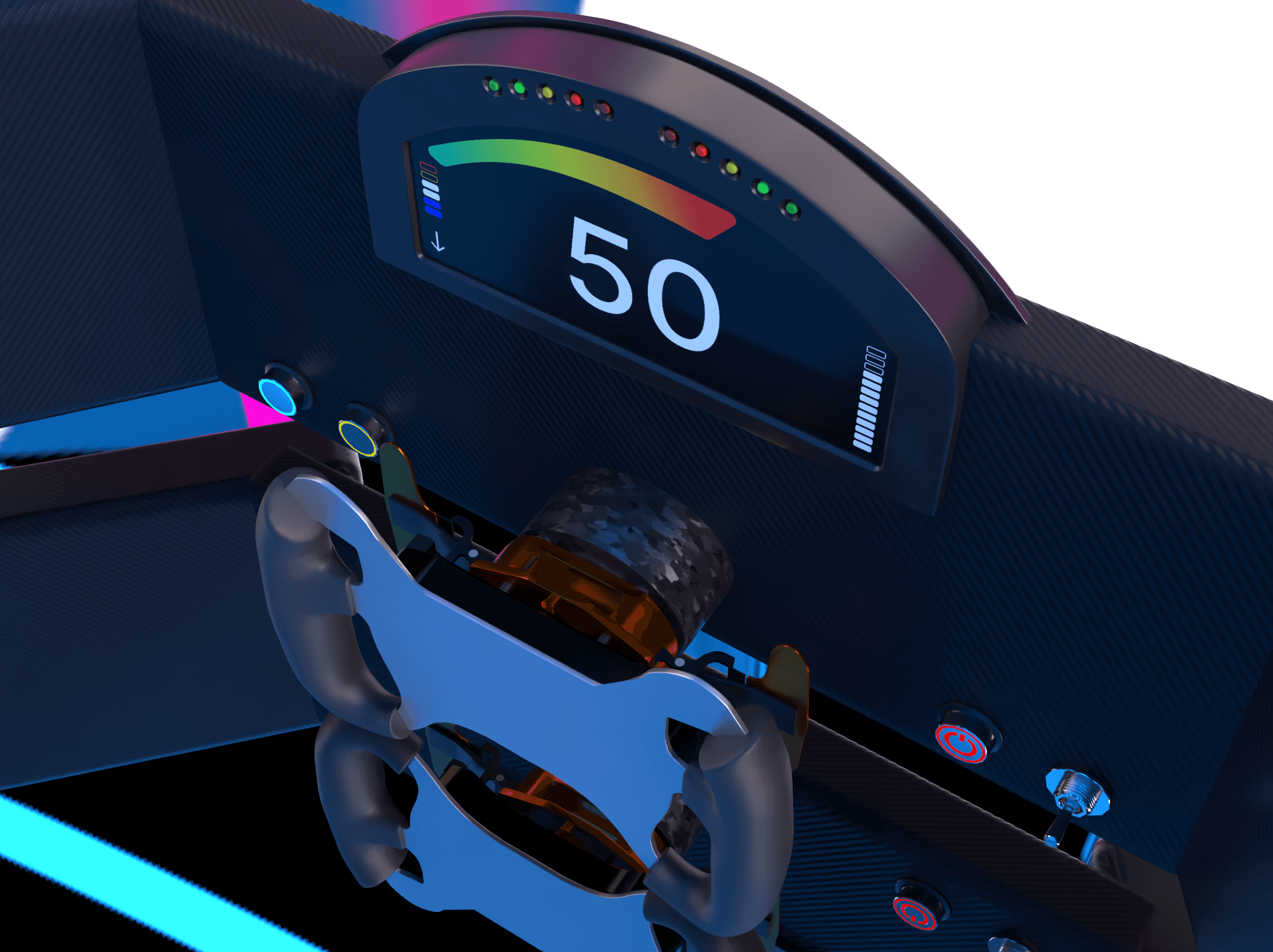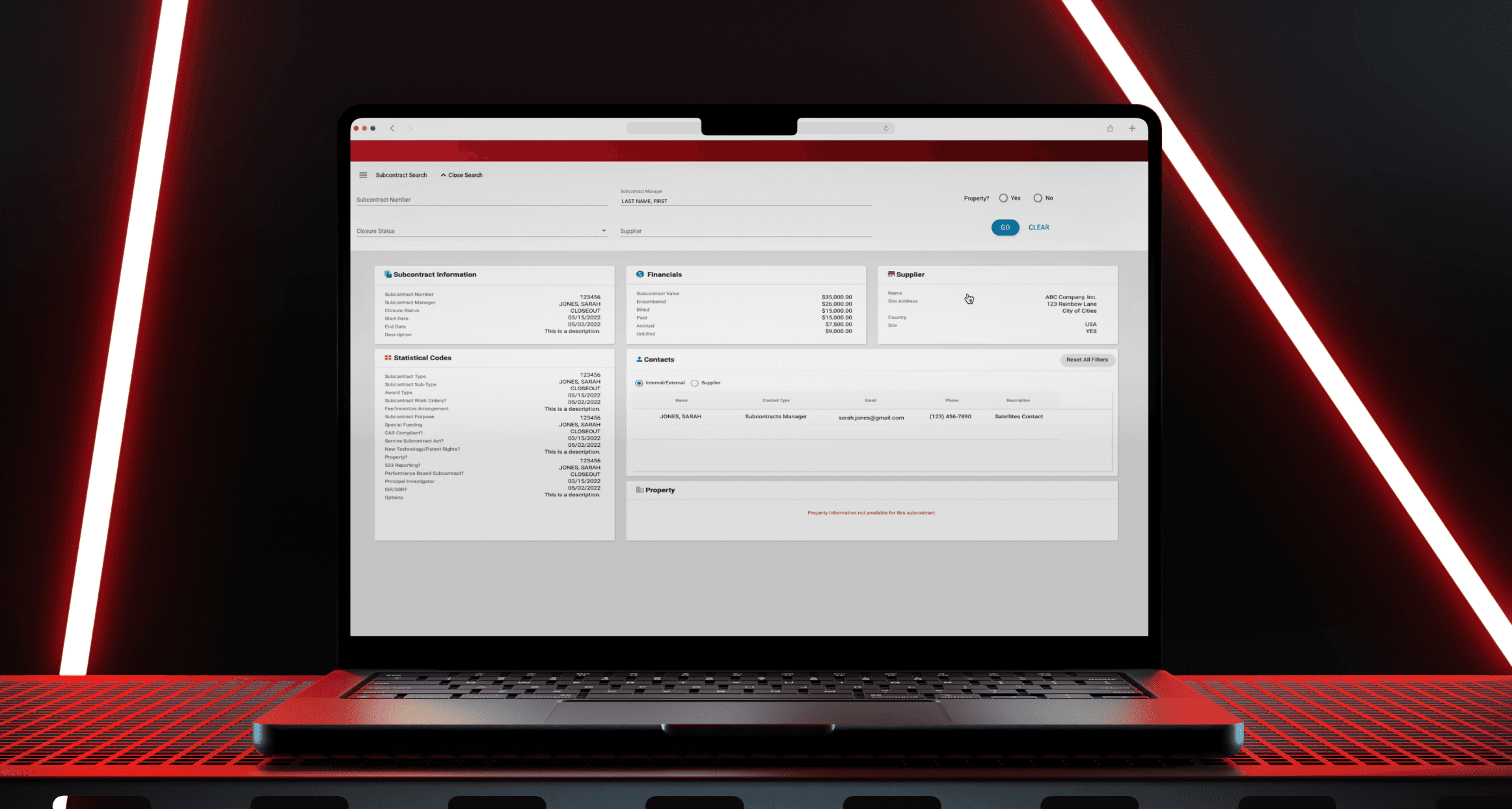Emma Kalayjian
Menu
Emma Kalayjian
Menu

When engineers and designers harmonize.
NASA JPL Autonomy Testbed Paper

When engineers and designers harmonize.
NASA JPL Autonomy Testbed Paper

When engineers and designers harmonize.
NASA JPL Autonomy Testbed Paper
About
This research paper investigates the potential likelihood of "common core" elements existing across autonomy testbeds and to see if it's possible to standardize the design approach without sacrificing performance or efficacy.
Awards
NASA JPL Team Award (Mobility & Robotics Section)
NASA JPL Team Award (Mobility & Robotics Section)
NASA JPL Team Award (Mobility & Robotics Section)
Tools
Video conferencing tool, Slack, Google Suite, MURAL
Video conferencing tool, Slack, Google Suite, MURAL
Video conferencing tool, Slack, Google Suite, MURAL
My Contributions
Persona Development, Interview Question Formulation, User/Stakeholder Interviews, Survey Formulation, Workshop Hosting, Data Synthesis, Scheduling + Logistics, Documentation, Paper Writing
Persona Development, Interview Question Formulation, User/Stakeholder Interviews, Survey Formulation, Workshop Hosting, Data Synthesis, Scheduling + Logistics, Documentation, Paper Writing
Persona Development, Interview Question Formulation, User/Stakeholder Interviews, Survey Formulation, Workshop Hosting, Data Synthesis, Scheduling + Logistics, Documentation, Paper Writing
Company
NASA Jet Propulsion Laboratory, California Institute of Technology
Skillset
Autonomy Research, UX Research, Collaboration with Engineering
Timeframe
2 months (August-September 2020)
Team
John Day, R. Davis Born, Ashish Goel, Emma Kalayjian,
So Young Kim-Castet, Hari Nayar, Cristina Sorice, Kristopher Wehage
Problem
No two testbeds are the same.
Every single flight project is truly one of a kind, complete with their own specialized requirements. When a flight project is constructed, usually the autonomy testbeds will also follow suit and be equally custom built to fully satisfy each specialized requirement of that project.
This design approach leads to costly and time consuming development efforts that are completely effective for the project at hand, but questionable for anything else.
No two testbeds are the same.
Every single flight project is truly one of a kind, complete with their own specialized requirements. When a flight project is constructed, usually the autonomy testbeds will also follow suit and be equally custom built to fully satisfy each specialized requirement of that project.
This design approach leads to costly and time consuming development efforts that are completely effective for the project at hand, but questionable for anything else.
No two testbeds are the same.
Every single flight project is truly one of a kind, complete with their own specialized requirements. When a flight project is constructed, usually the autonomy testbeds will also follow suit and be equally custom built to fully satisfy each specialized requirement of that project.
This design approach leads to costly and time consuming development efforts that are completely effective for the project at hand, but questionable for anything else.
Questions
What components, if any, do all autonomy testbeds share?
If there are any core components discovered, is there a way to standardize them so that development costs and schedules may be reduced with no impact to efficacy?
What components, if any, do all autonomy testbeds share?
If there are any core components discovered, is there a way to standardize them so that development costs and schedules may be reduced with no impact to efficacy?
What components, if any, do all autonomy testbeds share?
If there are any core components discovered, is there a way to standardize them so that development costs and schedules may be reduced with no impact to efficacy?
Process
Planning (Week 1)
Kick-off meeting
Project timeline finalization
Review and expansion of stakeholder list
Finalization of data collection methods
Finalization of interview structure
Generate interview template
Collecting Input (weeks 2+3)
Pre-interview web-based survey
Virtual stakeholder & user interviews
Unmoderated questionnaire
Organizing Data (Weeks 4+5)
Analyze & synthesize survey and interview results
Pattern-find individually recorded results and organize themes in Mural
Synthesize results into research paper
Planning (Week 1)
Kick-off meeting
Project timeline finalization
Review and expansion of stakeholder list
Finalization of data collection methods
Finalization of interview structure
Generate interview template
Collecting Input (weeks 2+3)
Pre-interview web-based survey
Virtual stakeholder & user interviews
Unmoderated questionnaire
Organizing Data (Weeks 4+5)
Analyze & synthesize survey and interview results
Pattern-find individually recorded results and organize themes in Mural
Synthesize results into research paper
Planning (Week 1)
Kick-off meeting
Project timeline finalization
Review and expansion of stakeholder list
Finalization of data collection methods
Finalization of interview structure
Generate interview template
Collecting Input (weeks 2+3)
Pre-interview web-based survey
Virtual stakeholder & user interviews
Unmoderated questionnaire
Organizing Data (Weeks 4+5)
Analyze & synthesize survey and interview results
Pattern-find individually recorded results and organize themes in Mural
Synthesize results into research paper
Highlights
47
total stakeholders
60%
response rate
4-45
years of autonomy experience
47
total stakeholders
60%
response rate
4-45
years of autonomy experience
47
total stakeholders
60%
response rate
4-45
years of autonomy experience










Examples of autonomy testbeds; Mars Helicopter, Sojourner, MER, MSL, Ocean World Lander Autonomy Testbed (OWLAT), and ASTERIA CubeSat. Images courtesy of NASA/JPL - Caltech.
Examples of autonomy testbeds; Mars Helicopter, Sojourner, MER, MSL, Ocean World Lander Autonomy Testbed (OWLAT), and ASTERIA CubeSat. Images courtesy of NASA/JPL - Caltech.









Pictured: workshop synthesis done in MURAL to identify patterns. Images intentionally distorted as a data protection measure.
Pictured: workshop synthesis done in MURAL to identify patterns. Images intentionally distorted as a data protection measure.
Conclusion
Thoughtful design is key in order to maximize accessibility across various use cases.
Thoughtful design is key in order to maximize accessibility across various use cases.
Thoughtful design is key in order to maximize accessibility across various use cases.
The testbed must be modular in its design, where software modules and components can be swapped in and out through standardized interfaces to enable sustained use of the testbeds by multiple users. It is recommended that further research focuses on the following core areas:
The testbed must be modular in its design, where software modules and components can be swapped in and out through standardized interfaces to enable sustained use of the testbeds by multiple users. It is recommended that further research focuses on the following core areas:
The testbed must be modular in its design, where software modules and components can be swapped in and out through standardized interfaces to enable sustained use of the testbeds by multiple users. It is recommended that further research focuses on the following core areas:
Plug & Play Interface
A standardized UI that promotes familiarity and ease of use.
Modularity
A modular architecture that allows sub-components to freely make changes without concern for impacting the overall infrastructure.
Modularity
A modular architecture that allows sub-components to freely make changes without concern for impacting the overall infrastructure.
Remote Accessibility
An approachable framework that enables the implementation of testing infrastructure and serves a large number of users simultaneously.
Remote Accessibility
An approachable framework that enables the implementation of testing infrastructure and serves a large number of users simultaneously.
Plug & Play Interface
A standardized UI that promotes familiarity and ease of use.
Impact
By implementing a Human Centered R&D approach alongside the Engineering research, these findings provide actionable guidelines for what concepts to research further in order to explore the plausibility of this design approach.
By implementing a Human Centered R&D approach alongside the Engineering research, these findings provide actionable guidelines for what concepts to research further in order to explore the plausibility of this design approach.
By implementing a Human Centered R&D approach alongside the Engineering research, these findings provide actionable guidelines for what concepts to research further in order to explore the plausibility of this design approach.
More projects

A racecar with a designer dashboard.
Formula Racecar HMI & UI

An Executive Enterprise application, redesigned.
NASA JPL Subcontracts Wizard

A racecar with a designer dashboard.
Formula Racecar HMI & UI

An Executive Enterprise application, redesigned.
NASA JPL Subcontracts Wizard
Contact
Let’s start a conversation
Contact
Let’s start a conversation
Contact
Let’s start a conversation